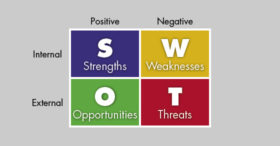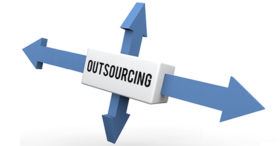Many companies, especially those that operate in areas prone to natural disasters, should consider business interruption insurance. Unlike a commercial property policy, which may cover certain repairs of damaged property, this coverage generally provides the cash flow to cover revenues lost and expenses incurred while normal operations are suspended because of an applicable event.
But be warned: Business interruption insurance is arguably among the most complicated types of coverage on the market today. Submitting a claim can be time-consuming and requires careful preparation. Here are some best practices to keep in mind:
Notify your insurer immediately. Contact your insurance rep by phone as soon as possible to describe the damage. If your policy has been water-damaged or destroyed, ask him or her to send you a copy.
Review your policy. Read your policy in its entirety to determine how to best present your claim. It’s important to understand the policy’s limits and deductibles before spending time documenting losses that may not be covered.
Practice careful recordkeeping. Maintain accurate records to support your claim. Reorganize your bookkeeping to segregate costs related to the business interruption and keep supporting invoices. Among the necessary documents are:
- Predisaster financial statements and income tax returns,
- Postdisaster business records,
- Copies of current utility bills, employee wage and benefit statements, and other records showing continuing operating expenses,
- Receipts for building materials, a portable generator and other supplies needed for immediate repairs,
- Paid invoices from contractors, security personnel, media outlets and other service providers, and
- Receipts for rental payments, if you move your business to a temporary location.
The calculation of losses is one of the most important, complex and potentially contentious issues involved in making a business interruption insurance claim. Depending on the scope of your loss, your insurer may enlist its own specialists to audit your claim. Contact us at 205-345-989 for help quantifying your business interruption losses and anticipating questions or challenges from your insurer. And if you haven’t yet purchased this type of coverage, we can help you assess whether it’s a worthy investment.
© 2019 Covenant CPA









